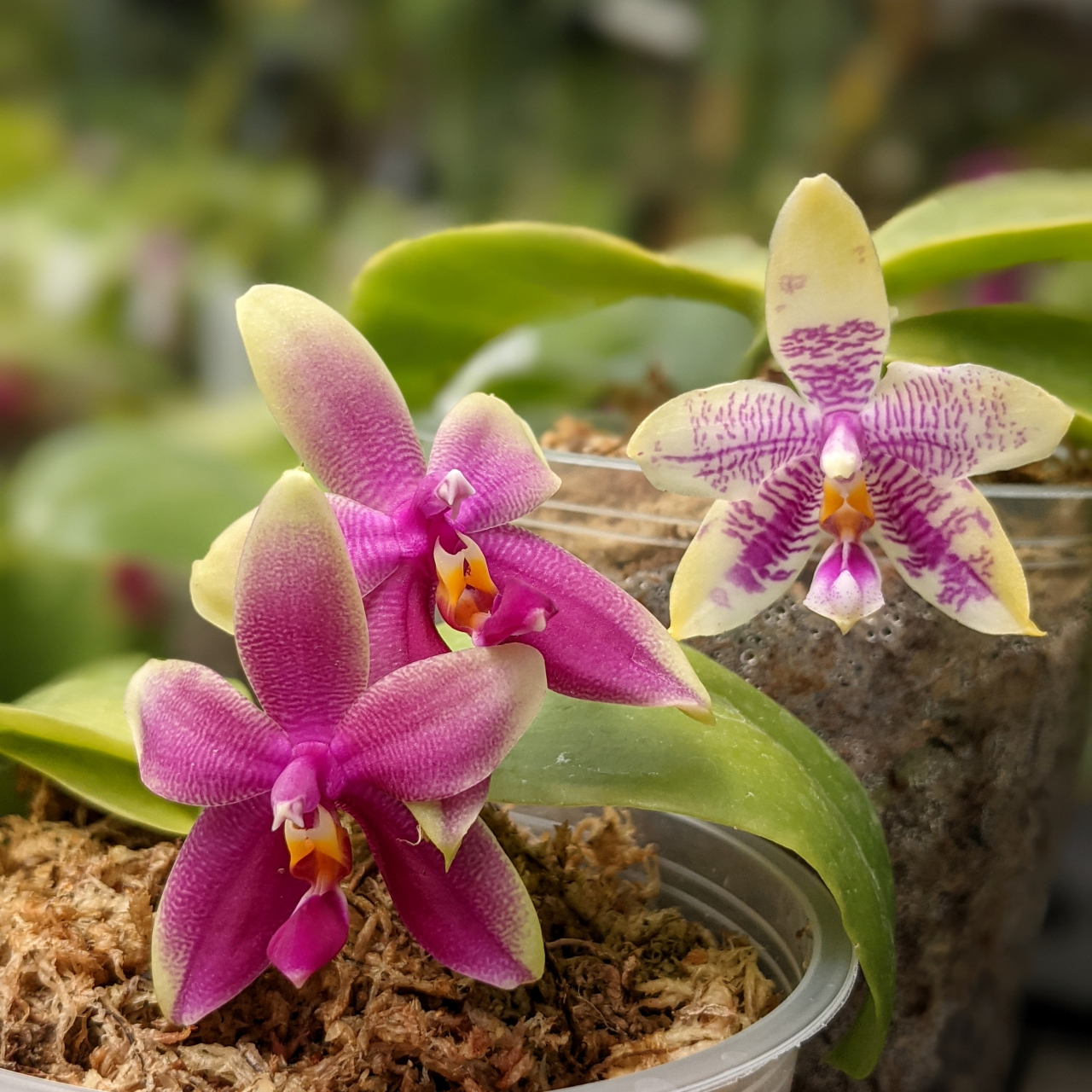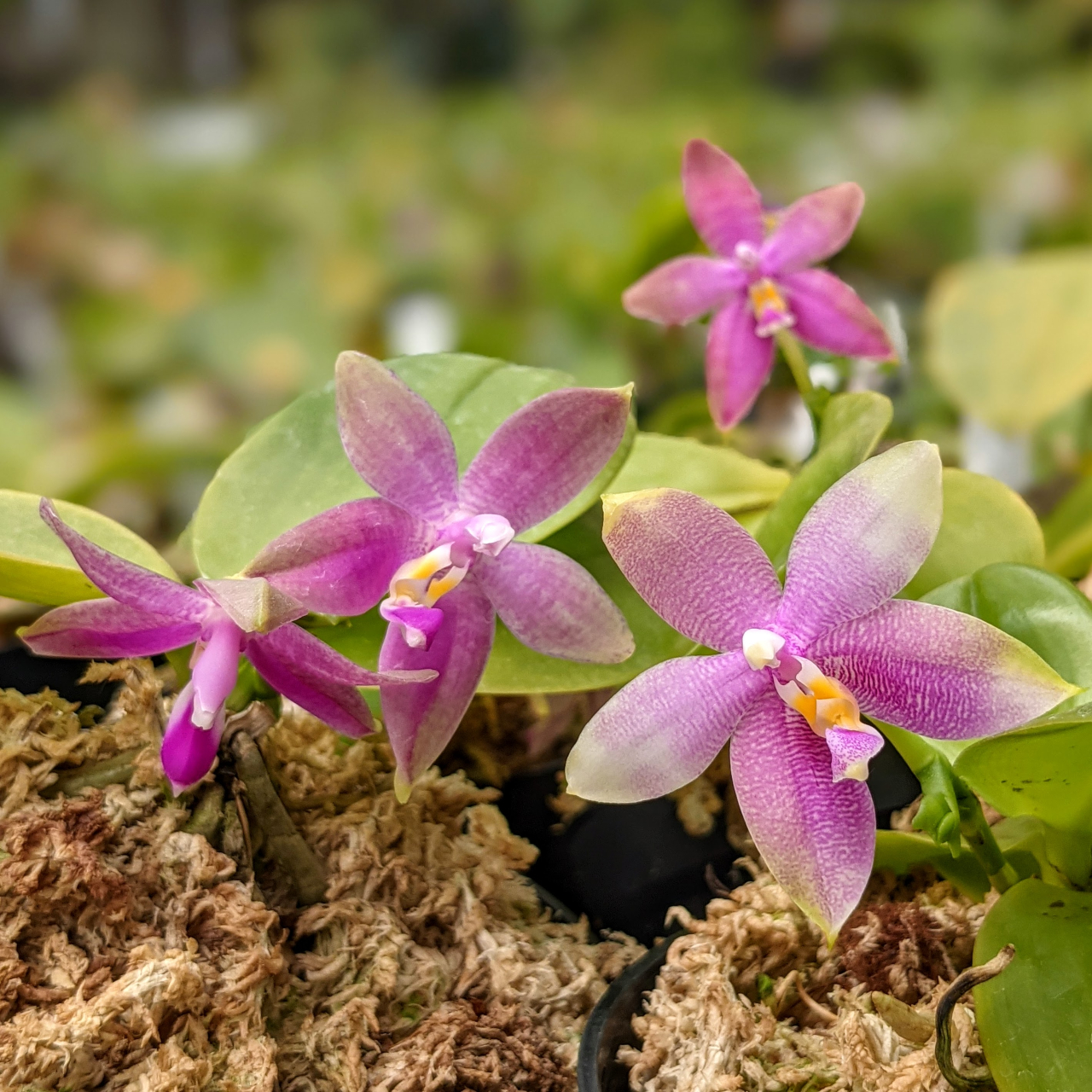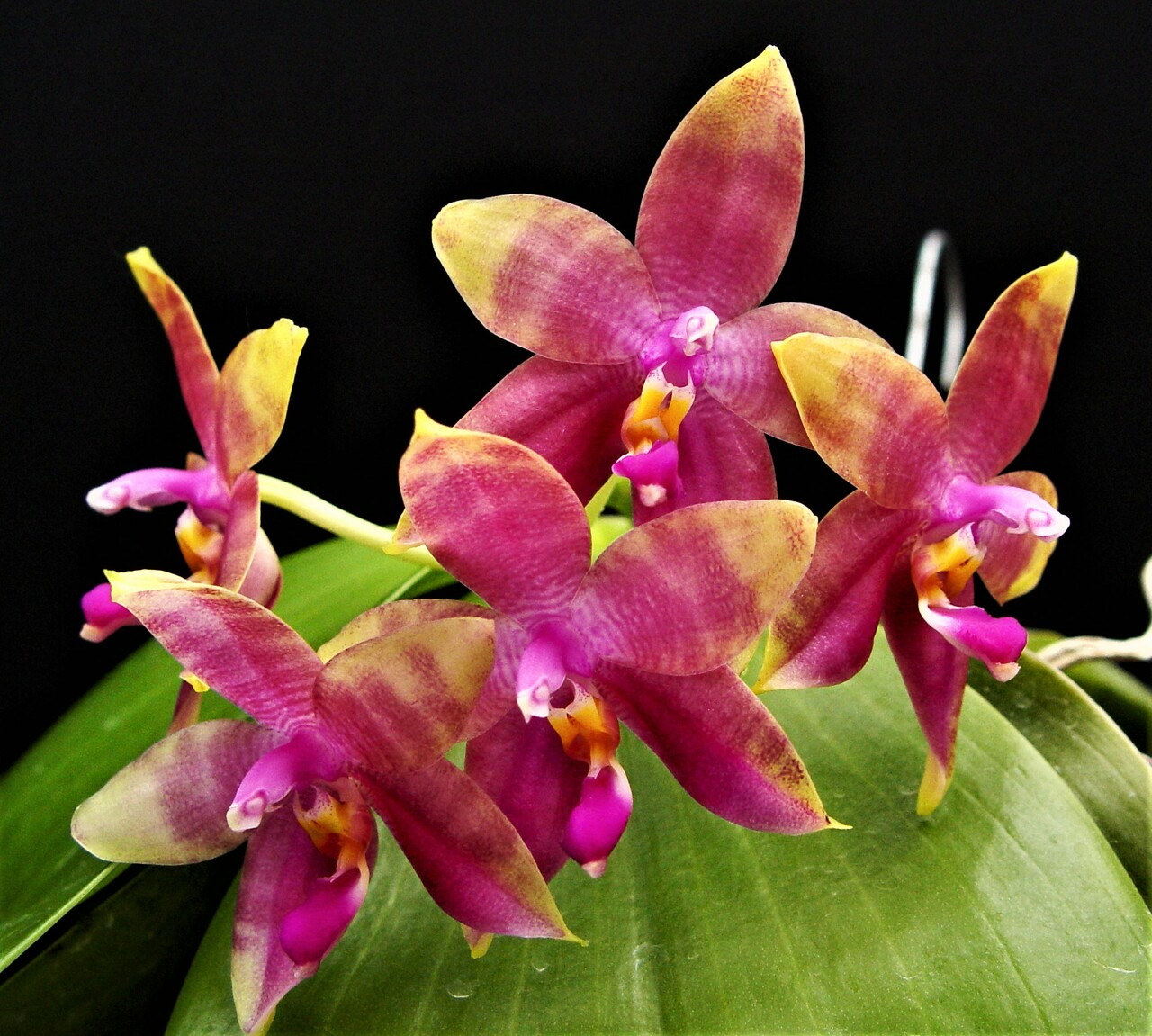Polychilos Phalaenopsis - The 'Summer Star' Subgenus!
Posted by Jason Fischer on Jun 23rd 2021
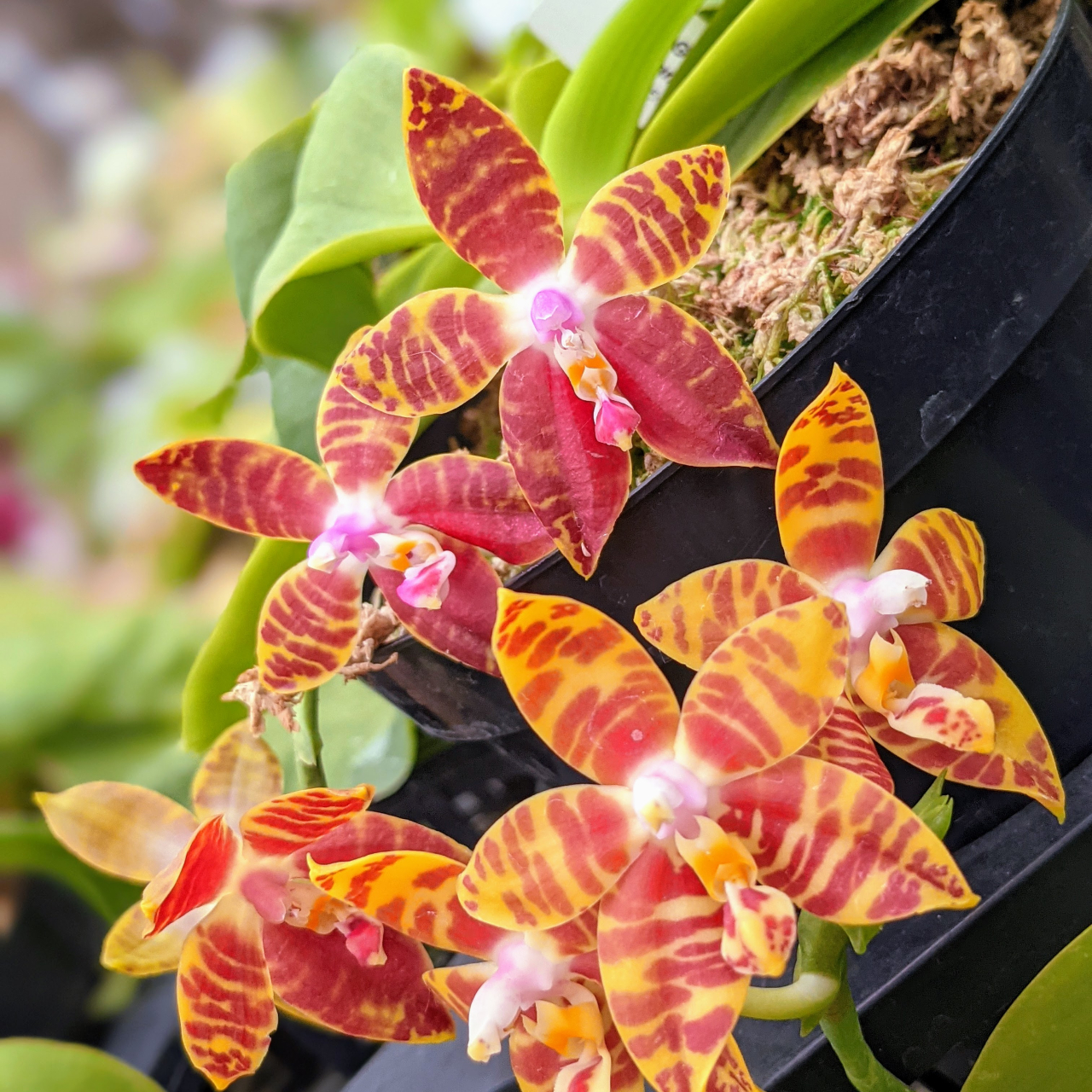
For most of us who just read the title above, you might say to yourself, ‘What is a subgenus? What is a Polychilos?’ but most likely you know what a Phalaenopsis is!
Phalaenopsis has such diverse variety in its species that taxonomists have broken them down to ‘Subgenus’ and ‘Sections’ (sections come after the subgenus). I’d like to take a moment to talk about the Subgenus Polychilos of Phalaenopsis. I often refer to these as the ‘Summer Star’ Phals as they typically flower in the summer and have star-shaped flowers that bloom near the foliage, and have a nice, sweet fragrance. Unlike the standard Phalaenopsis with tall stems and multiple blossoms, these typically have 1 to 3 flowers at once per spike. These varieties all come from low-land Southeast Asia like Borneo and Malaysia, and are used to warm to hot temperatures all year round. In the wild, most of them never even experience evening temperatures cooler than the 70s. If your growing area does dip into the 60s at night, these plants will be fine as long as they are not constantly exposed to the 60s year-round. The daytime must be in the 70s to low 90s for these plants to grow well.
As far as culture goes, besides the temperatures, one interesting thing about these plants are the inflorescences (the flower spikes). You do not need to remove them after they flower. They will stay green and dormant, until the next blooming season at which time they will re-activate at the tip to form new buds, all while producing another fresh spike as well. The only time we remove the older stems is when they start to turn pale yellow, or the plant looks stressed or is not growing well as too many spikes will stunt the growth of the foliage. There have been many cases where large Polychilos Phals stop growing when they have multiple flower spikes. Usually this can happen when they have developed over 5 spikes. Cutting the old spikes will not only improve growth speed, but it will also allow for fresh new spikes the next season and helps balance out the energy distribution. Once a plant develops multiple spikes, they really do put on a big show!
These plants, like most Phals, can grow in a wide variety of potting media. While the most popular choice is sphagnum moss, we have also had luck in Orchiata pine bark and HPCC Pro Mix (as long as there is good drainage in the pot) which can be amended with extra perlite or bark to increase drainage.
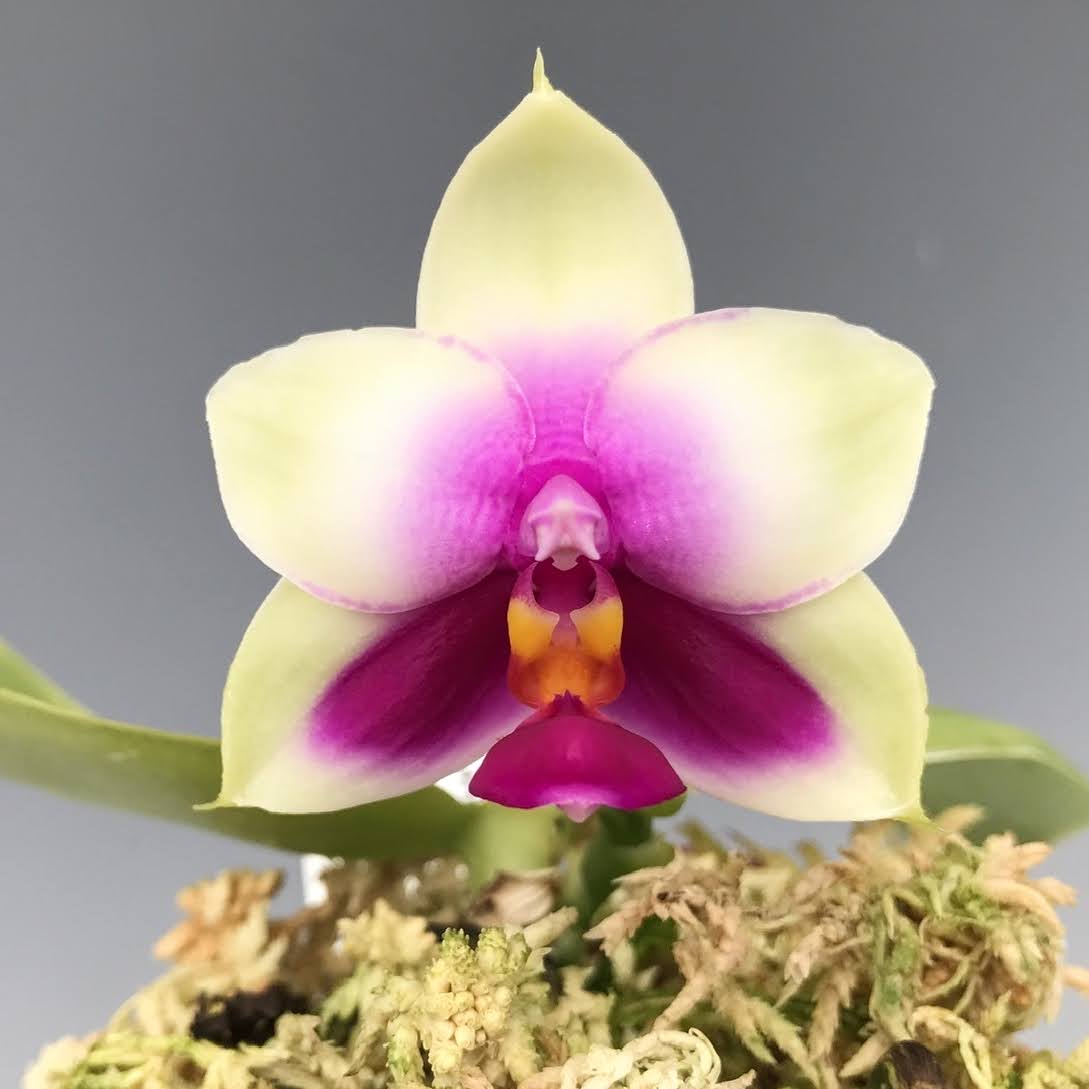
Phalaenopsis bellina
The growth habit of these plants in the wild is pendulous, on the sides of trees. Therefore, naturally in the pot they will droop over the side of the container. This is normal and the foliage tips should face the window if you are not growing under lights. Another technique of displaying these plants is to use a single hanger, and let them lean over at a 45-degree angle. Other techniques used are mounting on cork or in wood baskets. Often when mounting in wood baskets, they are hung from the side to ensure water runs down the foliage and does not pool up in the crown (which can cause rot). This makes sense, as in the wild since the foliage is always pendulous, there is never an opportunity for water to pool up in the crown of the plant.
Overall, these are not much different than your standard Phalaenopsis for care, other than they have a specific bloom season and they grow best in warmer conditions. They are certainly worth a try if you’ve never grown one before and would like a Phalaenopsis with fragrance for a change!
Be sure to keep an eye on the ‘Individual Listings’ in the summer for these beauties as well!
Happy growing!
Jason Fischer


